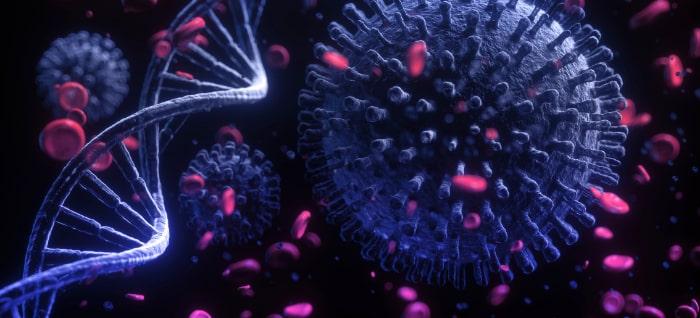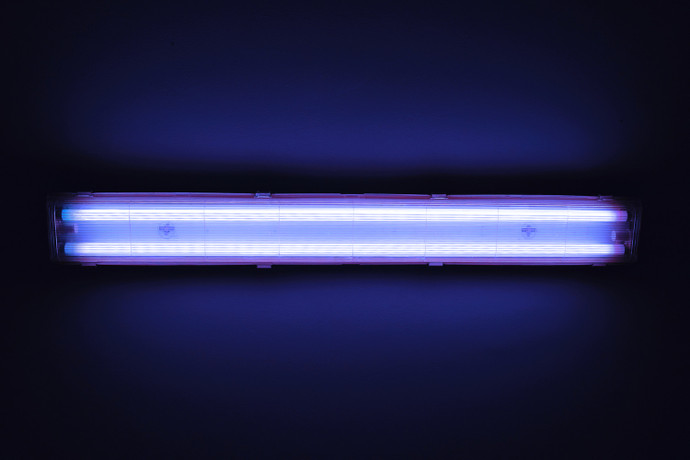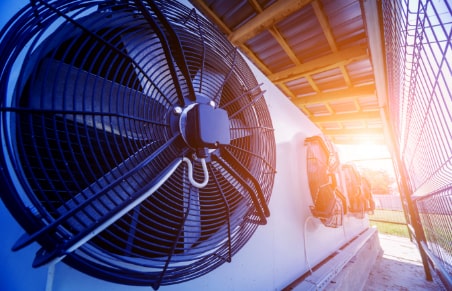UV Light for Disinfection Can Get Rid of These Common Microorganisms
Having safe drinking water is essential to maintain health. Hence, you must ensure to have a system to disinfect the water.
Now, most homes get public water for usage. And since it is assumed that public water must be clean and safe to use, several people don’t bother disinfecting it. However, it can become problematic if, on the off chance, public water gets contaminated after it has left the treatment facility. In that case, you need to have a water purification system such as UV lamps fitted in a UV unit.

Although there are different types of water disinfection systems, using UV light for disinfection is the most effective as it can disinfect a wide range of microorganisms.
Let’s check out the most common microorganisms killed by UV light for disinfection.
1. Heterotrophic Bacteria
Most commonly found in drinking water, heterotrophic bacteria will grow using organic compounds such as sugar.
Now, heterotrophic bacteria are not dangerous, but they help create an environment which is suitable for other harmful bacteria to grow such as E. coli. And bacteria like E. coli are known to cause water borne diseases in humans.
Hence, water must be tested for heterotrophic bacteria. And if the number is found to be too high, additional testing must be done to test the presence of other harmful bacteria. To avoid infection through contaminated water, it is always best to use UV light for disinfection at homes, offices, and other commercial places.
2. Coliform Bacteria
Another category of bacteria found in drinking water is the coliform bacteria. And coliform bacteria can become harmful, especially if they are fecal coliforms.
Fecal coliforms include bacteria like E. coli. The presence of E. coli in water and consumption of said water can cause intestinal inflammation. And if not treated, it will lead to vomiting, diarrhea, fever, and more complications.
Hence, testing water supply for fecal coliforms is essential. And if you find coliform bacteria contamination in water it is in your best interest to install UV lamps.
3. Hepatitis
After bacteria, another microorganism that can infect water supply is the Hepatitis virus. And specifically, Hepatitis A and Hepatitis E.
This virus can enter your water supply due to fecal contamination. And most commonly it is found in well water. Contamination of well water due to hepatitis virus can happen due to overflow of sewage or poor maintenance of well water.
Hepatitis A and E will cause stomach pain, yellowing of skin (jaundice) as it affects the liver, fatigue and more.
Hence, test your water supply for the presence of the Hepatitis virus.

4. Adenovirus
Most commonly adenovirus is spread through air or contact with a contaminated person. However, it is also observed that adenovirus can spread through drinking contaminated water too.
Adenovirus is responsible for your common cold and flu. However, a high rate of infection can cause severe respiratory and digestive disorders such as pneumonia, bronchitis, gastroenteritis, and pink eye.
Adenovirus is found in swimming pools, wastewater, natural bodies of water and drinking water.
5. Rotavirus
Although we have a rotavirus vaccine, it can still affect infants and young children if they aren’t vaccinated. In fact, adults who aren’t vaccinated, rotavirus can affect them too.
And just like any other waterborne microorganism, rotavirus is also known to cause digestive issues including diarrhea and vomiting. And severe infection can lead to dehydration. Rotavirus can contaminate the water due to overflow of sewage or stormwater.
So, it is always best to test your drinking water for the presence of rotavirus, use UV light for disinfection, and get vaccinated.
6. Norovirus
This is also known as the stomach flu virus. Norovirus is found in well water contaminated with fecal matter. Norovirus will cause diarrhea which can lead to dehydration. Additionally, norovirus can cause vomiting, nausea, fever, stomach pain, and headache.
Just like other viruses, norovirus is spread through eating contaminated food or water. The water can get contaminated due to fecal matter from wastewater and sewage overflow.
Well water is more susceptible to norovirus contamination especially the shallow dug wells. So, make sure to dig the well deep enough and test the water for any contamination.
You must also know that all the viruses mentioned above aren’t removed using filtration but can be removed using UV light for disinfection. UV lamps are proven to remove viruses effectively from water.
Bottom Line
Apart from bacteria and viruses, contaminated water also contains parasites such as giardia and cryptosporidium. Our experts have previously written extensively about these two parasites and how UV light for disinfection can help you get rid of them. So, make sure to read our previous blogs.
Additionally, you can get in touch with us at Light Spectrum Enterprises, Inc. to procure UV germicidal lamps to install at residential, commercial, and industrial facilities.
We also provide OEM services to our clients ensuring that they get UV lamps with desired quality and efficacy for specific applications.
Call us now to find out more.

